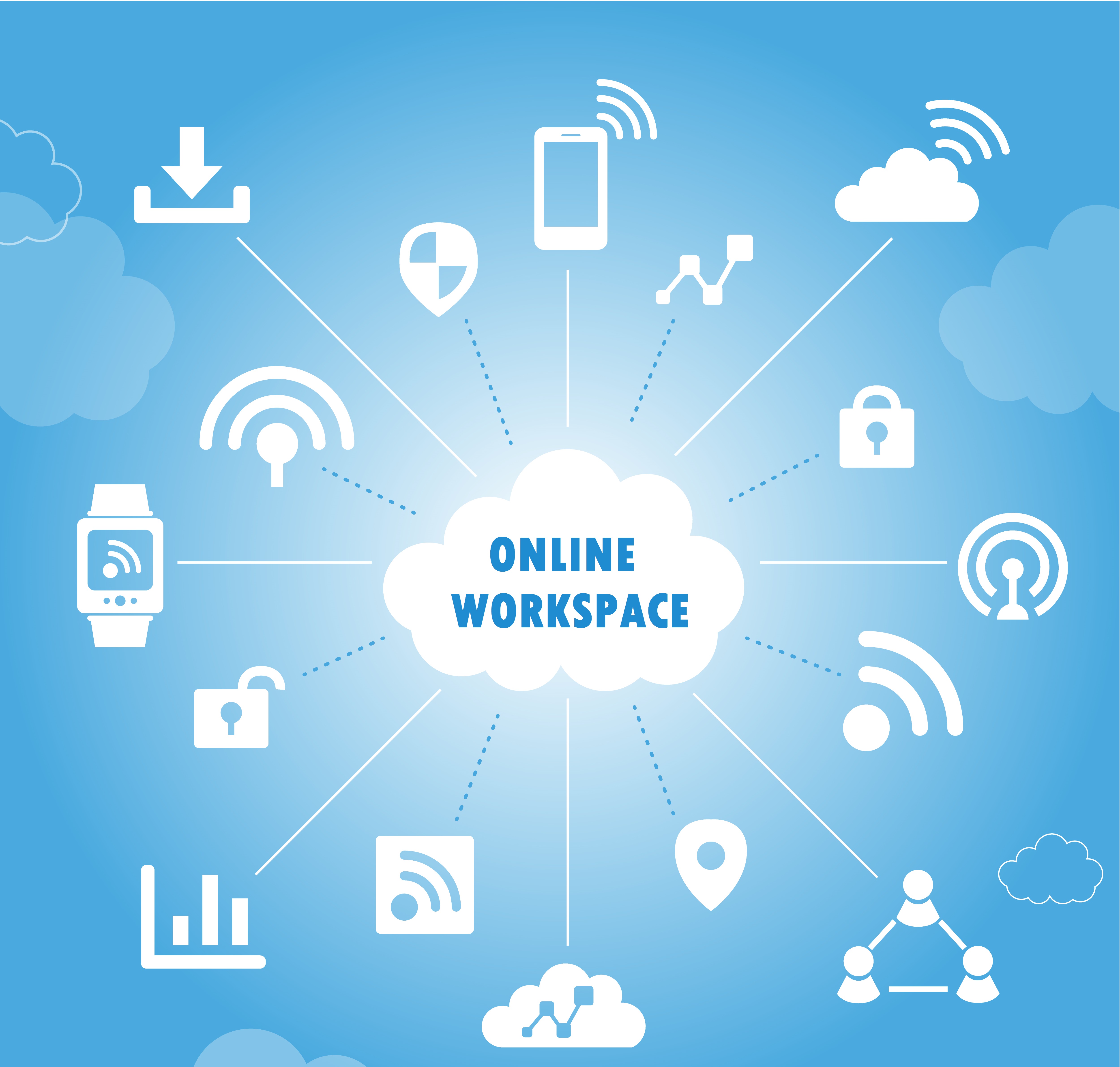
Toolbar - Use the toolbar to access commands and analysis and navigation tools.ĭ. Cards and shelves - Drag fields to the cards and shelves in the workspace to add data to your view.Ĭ. For more information, see Workbooks and Sheets.ī. A sheet can be a worksheet, a dashboard, or a story. If you are using Tableau on the web, see Creators: Get Started with Web Authoring and Tour Your Tableau Site. Use your (Link opens in a new window) account to sign in.

#Online workspaces free#
Watch a video: To see related concepts demonstrated in Tableau, watch The Tableau interface (Link opens in a new window) in Getting Started (Link opens in a new window), a 4-minute free training video. For details on dashboard or story workspaces, see Create a Dashboard or The Story Workspace. Sheets can be worksheets, dashboards, or stories. The next time you are looking to connect with others as part of your remote job, or you’re looking to try a more collaborative method of working, a shared workspace may be a flexible work option to try out.The Tableau workspace consists of menus, a toolbar, the Data pane, cards and shelves, and one or more sheets. Many shared workspaces are created to make information easily accessible to multiple individuals and provide an environment that is collaborative and fosters creativity. Websites like ShareDesk, WorkSnug, and Regus Coworking are helpful for searching and comparing prices.ĭespite there being several different forms of shared workspaces, the common element is an environment where information and space is shared. Wondering if physical coworking spaces and shared workspaces exist in your area? A quick Google search for keywords like “coworking spaces,” “shared workspaces,” “rent a desk,” and “collaborative space,” along with your city or town’s name, can show you what’s available. How can you find physical shared workspaces? A common example of this form of shared workspace is a virtually shared spreadsheet such as Google Drive. The space, while collaborative, is not utilized in a group form, but instead shared, used, and managed as individuals.

Virtual & Collaborative: Virtually collaborative shared workspaces are tools and environments that are utilized by virtual workers to collaborate together in real time.This is a great option for remote workers who need to get out of the house. Many different people can utilize the space at different times and for different purposes. Think of it almost like a timeshare for office space, rather than vacation rentals. Physical & Shared: This type of shared workspace includes spaces that are shared by multiple people, but used on an individual basis.This shared workspace option is also popping up around the country as a way for startups to have an office space without the hassle of establishing its own from the ground up. Physical & Collaborative: Physically collaborative shared workspaces, also known as coworking spaces, are spaces that are created in an office that provide employees the ability to collaborate together and work more closely.Here are four different examples of shared workspaces. In some forms, more than one person utilizes the shared workspace at a time, while another option is a space shared by many people at different times. Some are used virtually, while others are actual physical spaces. These new collaborative environments, called shared workspaces or coworking offices, actually take many forms and are used in many different work environments. This leaves many people contemplating, Exactly what are shared workspaces? One such option that’s continuing to grow in popularity is shared workspaces. With flexible work options and alternative working arrangements becoming more popular, new and different ideas continue to sprout and take hold.


 0 kommentar(er)
0 kommentar(er)
